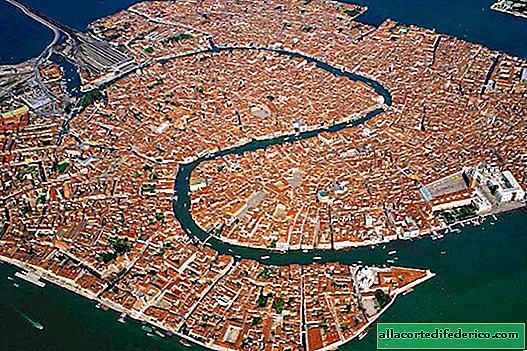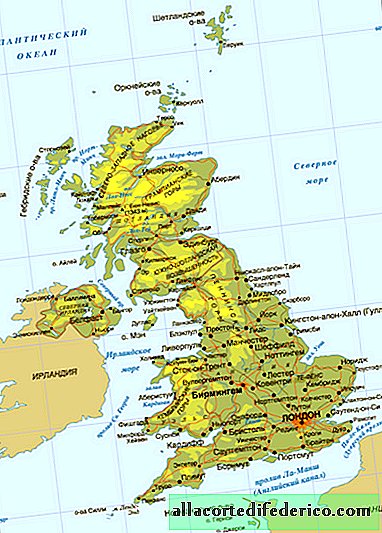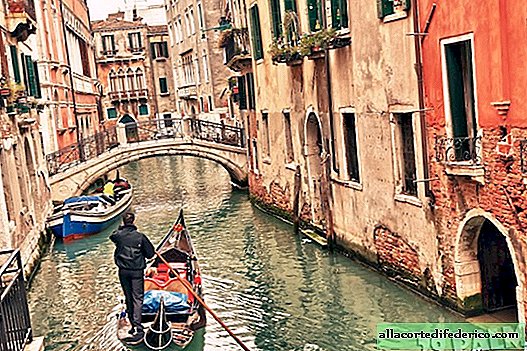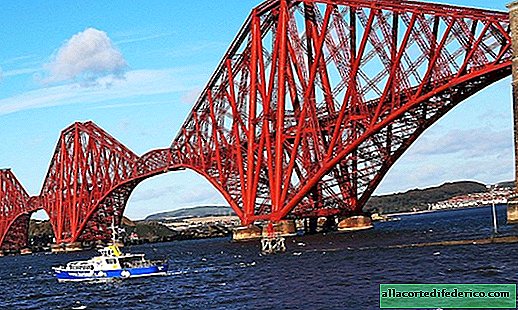Venice construction: the city was built in the water or flooded later
Venice is the pearl of Italy and one of the most recognizable cities in the world. The unusual island location and rich cultural and historical heritage are the reason for the incredible popularity of this Italian city among travelers. About 20 million tourists visit Venice annually, although the population of the city itself does not exceed 300 thousand people.

Venice is located both on the mainland and on the adjacent islands. The island part of the city, penetrated by picturesque canals, literally stands in the water. This, of course, is insanely beautiful, but terribly inconvenient. How did they build all these houses? Or were they originally on land, and subsequently flooded?

According to researchers, the settlement of the Venetian lagoon and islands began at the end of the VI century, and by the IX century the island part of Venice was completely built up. Throughout its history, Venice experienced periods of ups and downs when it fell under the rule of foreign invaders. Nevertheless, she managed to preserve the unique image that developed thanks to the island location.

The island part of Venice includes more than 100 islands that are separated by a network of canals. That is, the city’s buildings were built on small land areas that are simply not visible due to dense buildings. And the outskirts of the islands are immersed in the advancing sea waters. The straits between the islands turned into channels through which today gondoliers ride romantic tourists. The depth of these channels is small, mostly not more than 2.5 meters. And all the buildings and structures, from residential buildings to bridges, in this island part are built on wooden stilts using a very interesting technology.

Having chosen a place for construction, the Venetians driven wooden piles made of larch into the muddy soil. This tree species is famous for its longevity and resistance to decay. Larch for the construction of Venice was specially brought from the alpine region. Wooden piles up to 7-8 meters long were driven into the ground, and wooden logs were laid on top of them, which served as the foundation for the future building. Well, already on the base of larch trees laid a number of bricks and erected buildings.

Since the founding of Venice, its islands have slowly gone under water. For this reason, the island district of the city was rebuilt at least twice, and modern buildings date from the 14th-15th centuries. Thus, the larch piles on which the island of Venice stands are more than 500 years old and, as recent studies show, most of them are in excellent condition.

Unfortunately, Venice is gradually submerging in water. This is due both to a general increase in the level of the Mediterranean Sea, and to subsidence. The latter, according to scientists, is due to the depletion of artesian wells, the operation of which has already been discontinued. Regular floods cause a lot of trouble to historical buildings. Therefore, a protective dam is being built to delay the sinking of Venice.


















